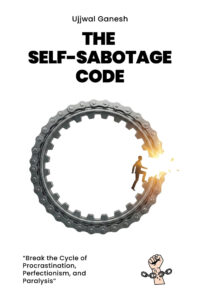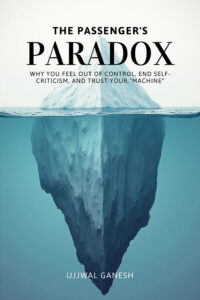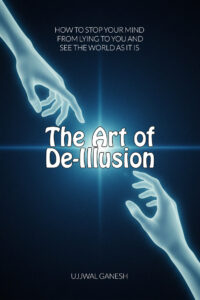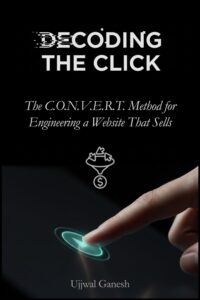Many businesses treat their website like a brochure: they create it, launch it, and then let it collect digital dust. This “set it and forget it” mentality is one of the most common—and costly—mistakes in the digital world.
If a potential customer lands on your website and finds your last blog post is from two years ago, it sends a clear message: this business is out of touch, or worse, no longer active. A website without a plan for regular, valuable content isn’t just a missed opportunity; it’s a digital dustbin that erodes trust and makes you invisible to search engines.
As a website strategist who builds profit-generating online platforms, I can tell you that a robust content strategy is the engine that drives sustainable growth. Let’s explore why and provide a clear blueprint to build your own.
The High Cost of Stagnant Content
Neglecting your content strategy has severe consequences that go far beyond just looking outdated.
- It Kills Your Credibility: Stale content makes your brand seem irrelevant and untrustworthy. Why would a user trust your expertise if your information is years old?
- It Crushes Your SEO: “Content freshness” is a confirmed Google ranking factor. Furthermore, Google’s 2024 core updates specifically target and demote low-quality, unoriginal, and unhelpful content. Without a strategy focused on demonstrating E-E-A-T (Experience, Expertise, Authoritativeness, and Trustworthiness), your site will plummet in search rankings.
- It Leads to Lost Sales: A lack of helpful content is a form of bad user experience. When users can’t find answers to their questions, they leave. Businesses miss out on an estimated 35% of sales due to bad UX, which is often directly linked to poor or nonexistent content.
What “Content Strategy” Really Means (It’s More Than a Blog)
A content strategy is not just “blogging more often.” It’s a high-level plan for creating and managing all of your content in a way that achieves specific business goals. A great strategy ensures every piece of content you produce is purposeful, valuable, and effective.
Here is a proven framework for building your content strategy:
Step 1: Define Your Goals
First, determine what you want your content to achieve. Are you trying to generate leads, build brand awareness, educate customers, or improve SEO? Your goals will dictate the type of content you create.
Step 2: Understand Your Audience
Who are you creating content for? You must develop deep insights into your target audience by creating buyer personas. Understand their pain points, challenges, and the questions they are asking. Your content’s primary job is to provide the answers they are searching for.
Step 3: Conduct a Content Audit
Review all of your existing content. Identify what’s performing well, what’s outdated, and where the gaps are. A content audit helps you find opportunities to update and repurpose high-performing content into new formats (e.g., turning a popular blog post into a video or infographic).
Step 4: Plan Your Content Ecosystem
Your content should exist in various formats to meet users where they are. Beyond blog posts, consider:
- Videos: Highly engaging and proven to keep visitors on your page up to 88% longer.
- Case Studies: Build trust by showcasing real-world results.
- E-books & Whitepapers: Excellent for in-depth lead generation.
- Infographics: Perfect for making complex information easy to digest.
Step 5: Create a Content Calendar
Consistency is key. Bloggers who publish weekly are far more likely to report strong results. Plan your content creation and updates on a calendar to ensure a steady stream of fresh, relevant information for your audience and for search engines. At a minimum, you should review and refresh key website content every 6-12 months.
Embrace the Future: AI and People-First Content
In 2025, you don’t have to do it all alone. 80% of bloggers now use AI tools to assist in the content creation process, primarily for idea generation and creating initial drafts. However, the most successful strategies use AI as an assistant, not a replacement. Human oversight, creativity, and firsthand experience are essential to create the “people-first” content that Google and your audience value most.
Your Website is a Living Asset, Not a Static Brochure
The “set it and forget it” approach is a relic of the early web. Today, your website must be a dynamic, evolving resource. By investing in a deliberate content strategy, you signal to both users and search engines that your business is active, authoritative, and worthy of their attention. This is the foundation for building lasting trust and sustainable growth.













